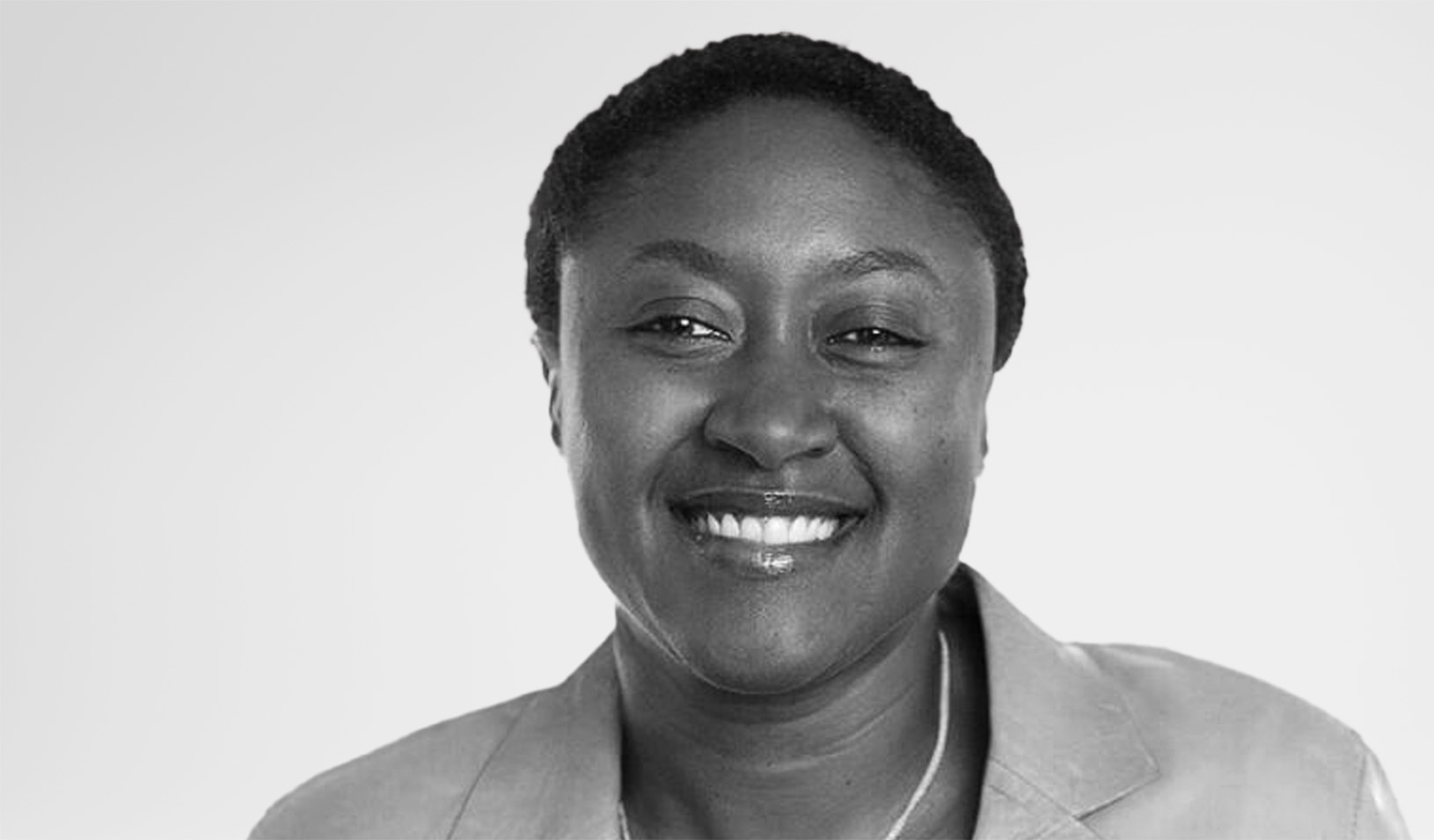Managers Are Not Always the Best Judge of Creative Ideas
A professor turns to circus acts to determine how to predict the success of ideas.
January 26, 2016

A scholar used the circus arts industry to study creative forecasting. | Reuters/Luke MacGregor
Innovations begin as creative ideas, but having a good idea is not enough. Too often, experts reject creative ideas that later prove to be smash hits: Harry Potter, Star Wars, the graphical user interface, and even the telephone were all initially rejected.
When someone has a new idea, who’s in the best position to predict whether it’ll be a hit: the creator of the idea, or the manager in charge of evaluating the idea? It turns out the answer is “neither,” according to research by Justin Berg, a professor at Stanford Graduate School of Business. He studies “creative forecasting,” or the skill of predicting the success of new ideas. Berg’s research suggests that even with all their knowledge and experience, managers are usually not the best at predicting the success of a new idea, nor is the creator of the idea. Instead, the best judges are peers of the creator, who have spent time generating their own ideas, but not the idea in question. The research by Berg will be published in a forthcoming issue of Administrative Science Quarterly.
Berg conducted a large study on creative forecasting in the circus arts industry. He teamed up with James Tanabe, a former creative director for Cirque du Soleil, and Lena Gutschank, a veteran circus artist. In the circus industry, innovation is typically divided into two separate roles: Creators generate ideas for new acts, and managers evaluate whether to include these acts in future shows. So managers act as gatekeepers in between creators and the audience, which is similar to how roles are structured in many organizations and industries.
He and his team collected over 150 videos of circus acts from creators around the world. Next, they had 339 circus professionals — including both creators and managers — watch 10 videos and try to predict how successful each video would be with the audience. Specifically, participants forecasted the extent to which the videos would be liked, shared, and financially supported by the audience. The accuracy of these predictions was then tested using a sample of over 13,000 audience members.
Berg found that creators were poor forecasters of their own ideas: They overestimated how well their videos would do with the audience. However, creators were more accurate judges of their peers’ videos than managers. A key to creators’ advantage over managers was that creators were able to recognize value in the more novel ideas, or the performances that deviated from conventional circus art. Managers tended to undervalue novel ideas in favor of conventional performances. While some novel ideas did poorly with the audience, some of the most successful videos were highly novel acts. Creators were better than managers at predicting these novel hits.
What made the results especially surprising is that most of the managers were previously creators. “One might think that if you’re a successful creator, you have good taste, and when you get promoted to a manager role, it stays with you,” Berg says. “But this research suggests that the creator role may promote good taste, while the manager role may undermine it.”
Berg attributes creators’ greater accuracy to a key distinction between the roles: Creators focus on idea generation, while managers focus on idea evaluation. Berg explains: “When we generate ideas, we first engage in divergent thinking, which involves searching for novel connections or combinations that may be valuable. After we generate possible ideas, we engage in convergent thinking as we evaluate the ideas based on our previous knowledge and experience. Since managers evaluate ideas after creators have generated them, they skip divergent thinking and go straight to convergent thinking.” In evaluating ideas, “convergent thinking alone is dangerous because you’re just relying on the past,” says Berg. “What will succeed in the future may not resemble what succeeded in the past. Divergent thinking helps people stay more open-minded about new ways ideas may succeed.”
As a follow-up to the circus study, Berg tested the effects of this key distinction between roles using a lab experiment. He randomly assigned participants to roles: Creators spent time generating new product ideas, and managers spent time describing criteria for evaluating new product ideas. All participants were then asked to rank a set of four product ideas based on how successful they’d be with consumers. The products had been pretested with consumers to determine a correct ranking, and the best idea was also highly novel. Consistent with the circus study results, creators were significantly more likely than managers to correctly rank the best idea at the top.
Because creators as a group outperform managers in forecasting the success of new ideas, companies, particularly those in creative industries, may want to rethink how they define creator and manager roles. An organization in which creators only create and managers only manage may miss out on the benefits of applying different types of thinking to a task, says Berg. Instead of allowing only managers to evaluate and select ideas, companies could ask creators to weigh in by, for instance, letting them vote on their peers’ ideas. “Creators have built up this wisdom about others’ ideas that is rarely used,” says Berg. Likewise, managers could consider incorporating more idea generation into their roles, which may help improve their forecasting accuracy. “We found that hybrids — managers who also have creator duties — are more accurate than pure managers,” explains Berg.
But shouldn’t people specialize and focus their energies on one area and become extremely competent at it? Specialization is useful when a company needs to accomplish a task in the most efficient and cost-effective way, but for an organization seeking to innovate, specialization isn’t always the answer. “When it comes to creative forecasting and staying open-minded to new ideas, it may not be the best strategy to completely separate out creators and managers,” says Berg. “Moving away from specialization is a trend in the business world. More people are wearing more hats. For creative forecasting, that’s probably a good thing.”
Justin Berg is assistant professor of organizational behavior at Stanford Graduate School of Business. “Balancing on the Creative High-Wire: Forecasting the Success of Novel Ideas in Organizations” will be published in a forthcoming issue of Administrative Science Quarterly.
For media inquiries, visit the Newsroom.
Explore More

Aicha Evans: “You Must Have the Irrational Belief That It Will Work Out”




